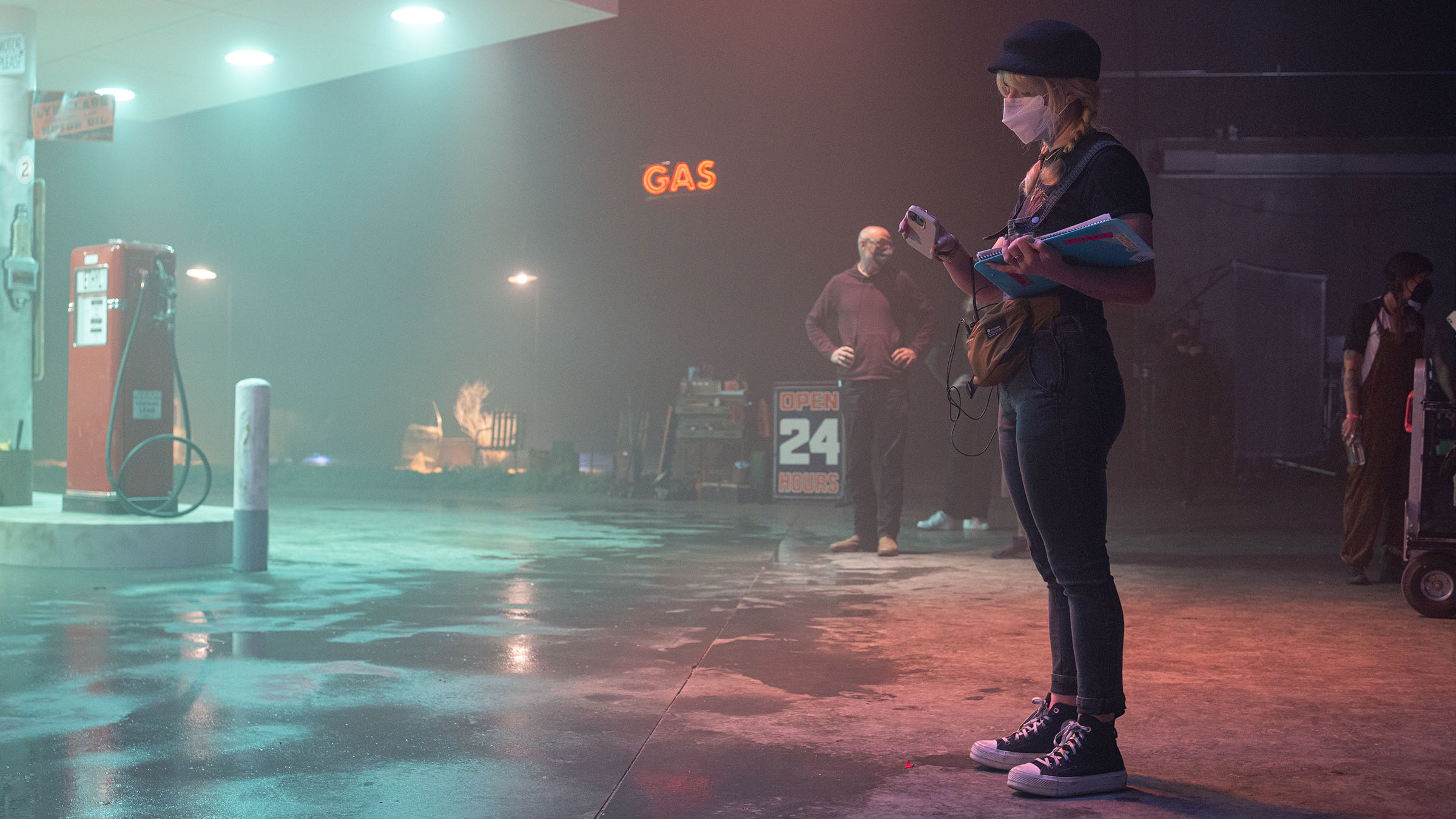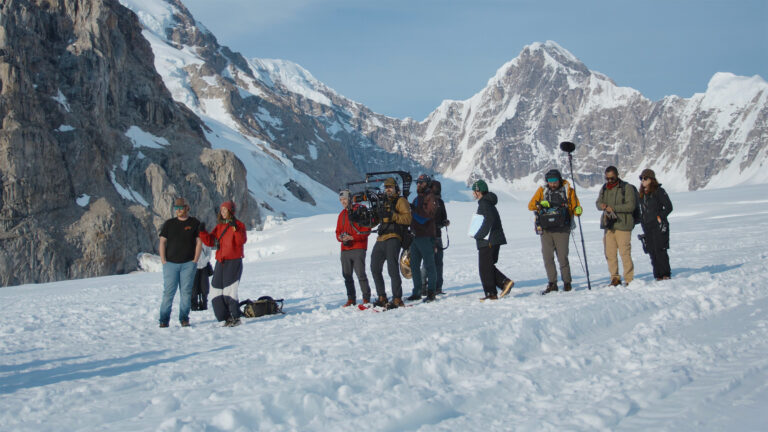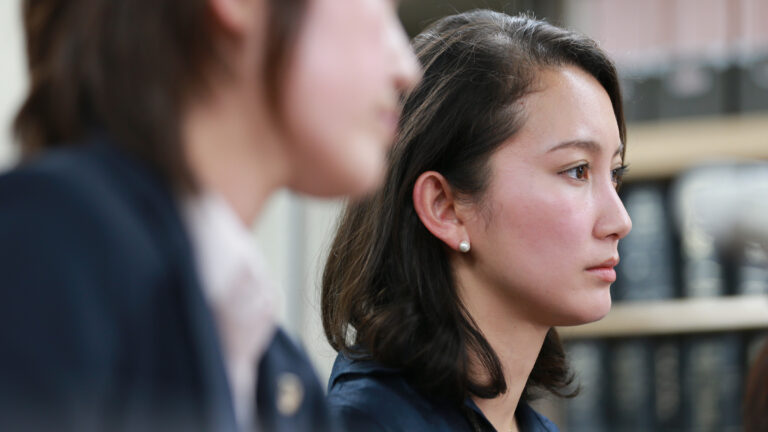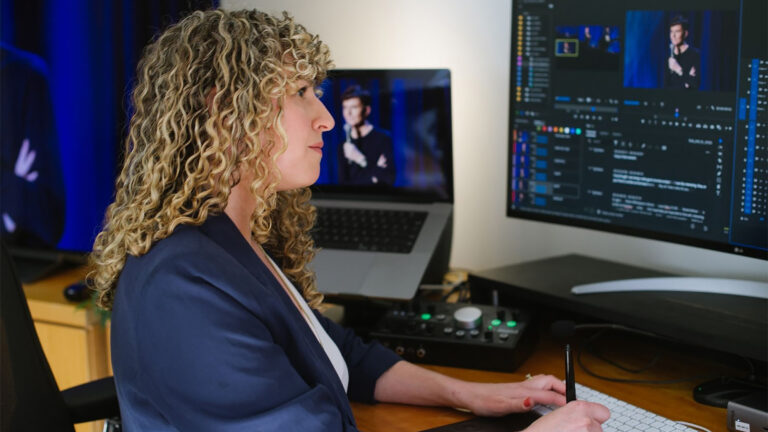Life rarely follows a fixed path, but with the right combination of determination and opportunity, it can take you to some incredible places and introduce you to some amazing people.
Right now, I’m a producer—part of the Frame.io Prod Squad—and I cover both production and post for some great projects that I’m really proud of. But it took a few steps to get here.
One giant leap
By the time I had to start thinking seriously about what I should be doing with my career, I had a film and philosophy degree under my belt. The next thing I know, I’m answering an ad for a nonprofit looking for someone to create videos, take photos, and write stories about educational systems for the country’s most vulnerable children. In Kenya. For six months.
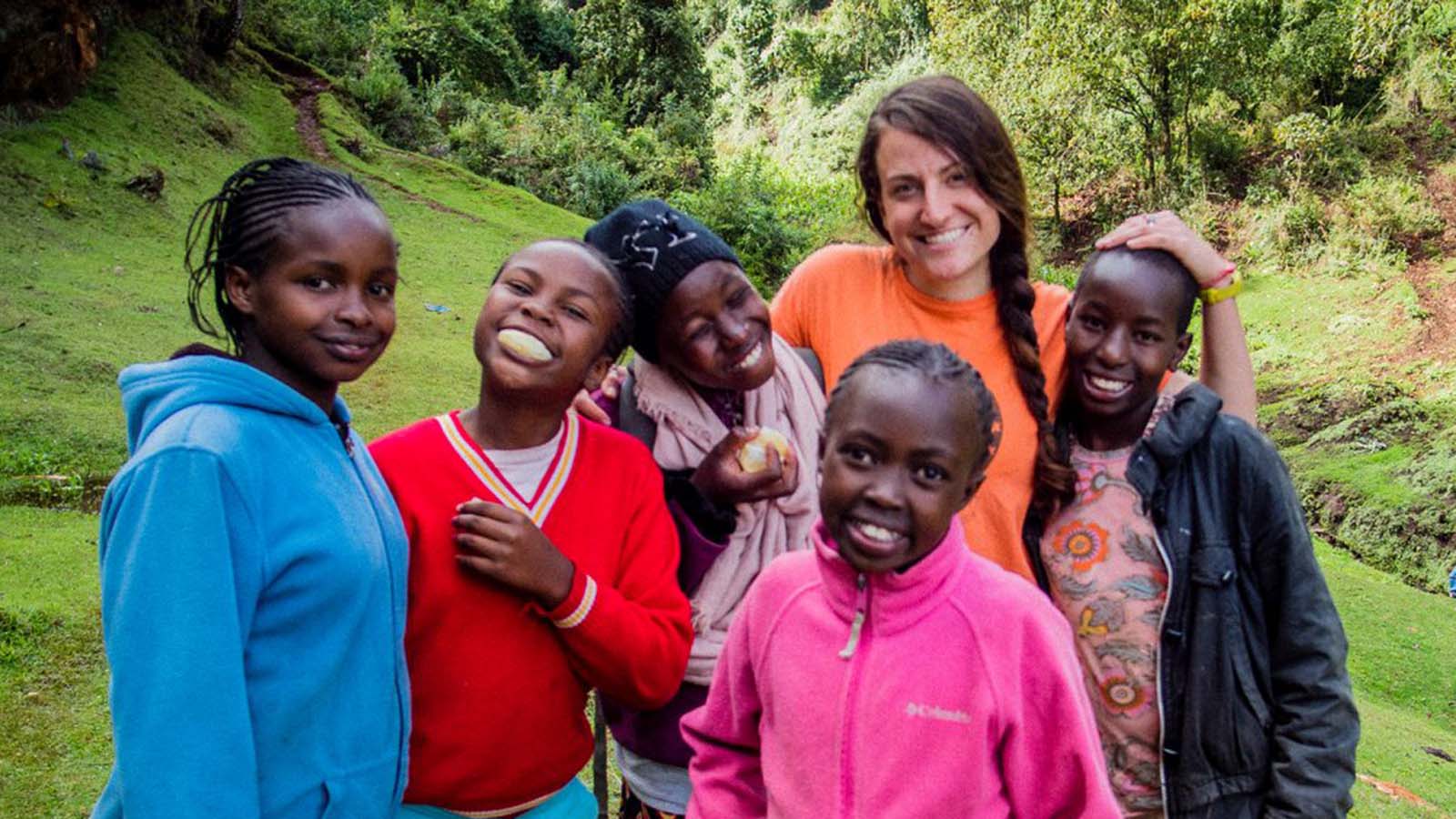
So, just two weeks out from my graduation, I’m trying to work out how to stretch a budget allocation of $2K to cover everything I might need—alongside my own camera equipment and some vintage lenses my father gave me—for six months of living and working in a remote rural area in East Africa. I called everyone I knew for advice, put together a kit bag, and got on a plane.
In at the deep end? For sure. But I wasn’t thrown in, I jumped.
It was incredibly rewarding. I ended up staying for a lot longer than the original six months I signed up for and I still support the mission and children of FlyingKites.org and have returned many times.
But it could also be challenging. I was two hours out from Nairobi with no internet access and only a couple of hours of power from a generator at night. And I was determined to tell these stories without de-humanizing the people I was working with or perpetuating damaging stereotypes of African poverty.
Working remotely
I guess you could say that was my introduction to producing. Being that remote and having to fully rely on yourself is like a crash course in resilience and problem solving. And about the importance of planning ahead—when the only things you can count on having onsite are the things you brought with you, you want to be sure you’ve stocked up on Sharpies and tape. (I’d also recommend a solar charger if you’re headed somewhere sunny.)
So that’s where I started—a one-woman band in Kenya. After that, I worked for several international non-profits as a freelancer and completed my Master’s degree. I’ve been a casting associate for Showtime pilots, and a DP/editor for an international educational travel company.
All of which led me to a production company where I worked as a director and editor until I joined Frame.io. It was through doing it all (and doing it well, often in difficult circumstances) that I discovered my strengths as a producer.
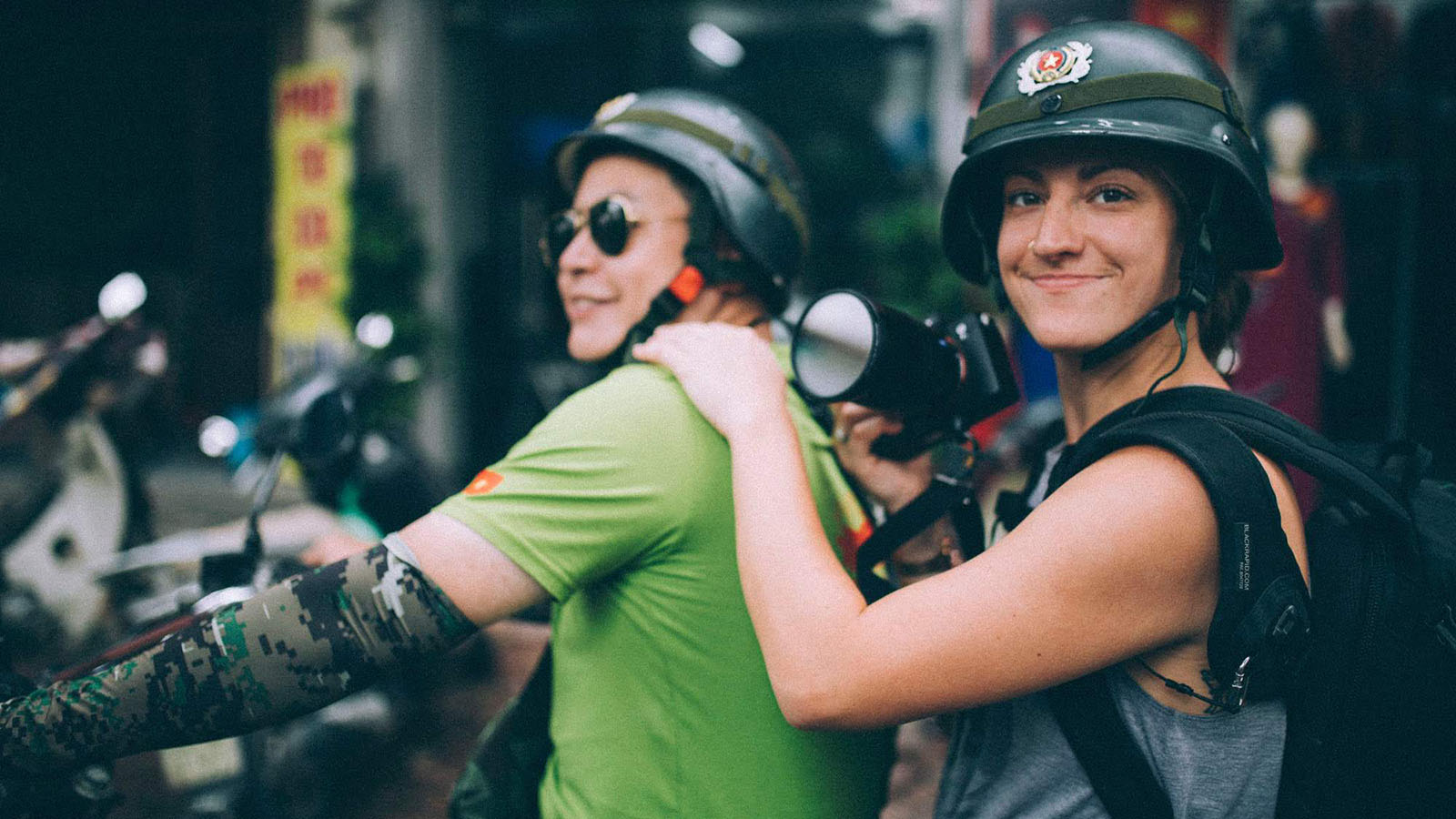
I’ve been to some great places and worked with some amazing people. And I think the most valuable thing I’ve learned from walking this path is that there are definite limits to what you can achieve on your own.
It’s given me a real appreciation of the power of partnering and collaboration throughout my career. And that’s at the core of what I do today.
So what is a producer, really?
If you ask different people what a producer is, you’re likely to get different answers. Personally, I define my role as the glue that keeps a production together, on set and off. With so many moving parts and creative voices involved in any project, the producer is the person who should bring calm to the chaos.
A producer’s work takes place where the left and right brain meet. Good producers partner with the director and the creative team to bring their vision into reality, and we don’t take that responsibility lightly. We turn scripts into logistical plans. We build bridges between departments and stakeholders. We plan shoots, map out post-production, and foster creativity. And yes, we absolutely put out fires.
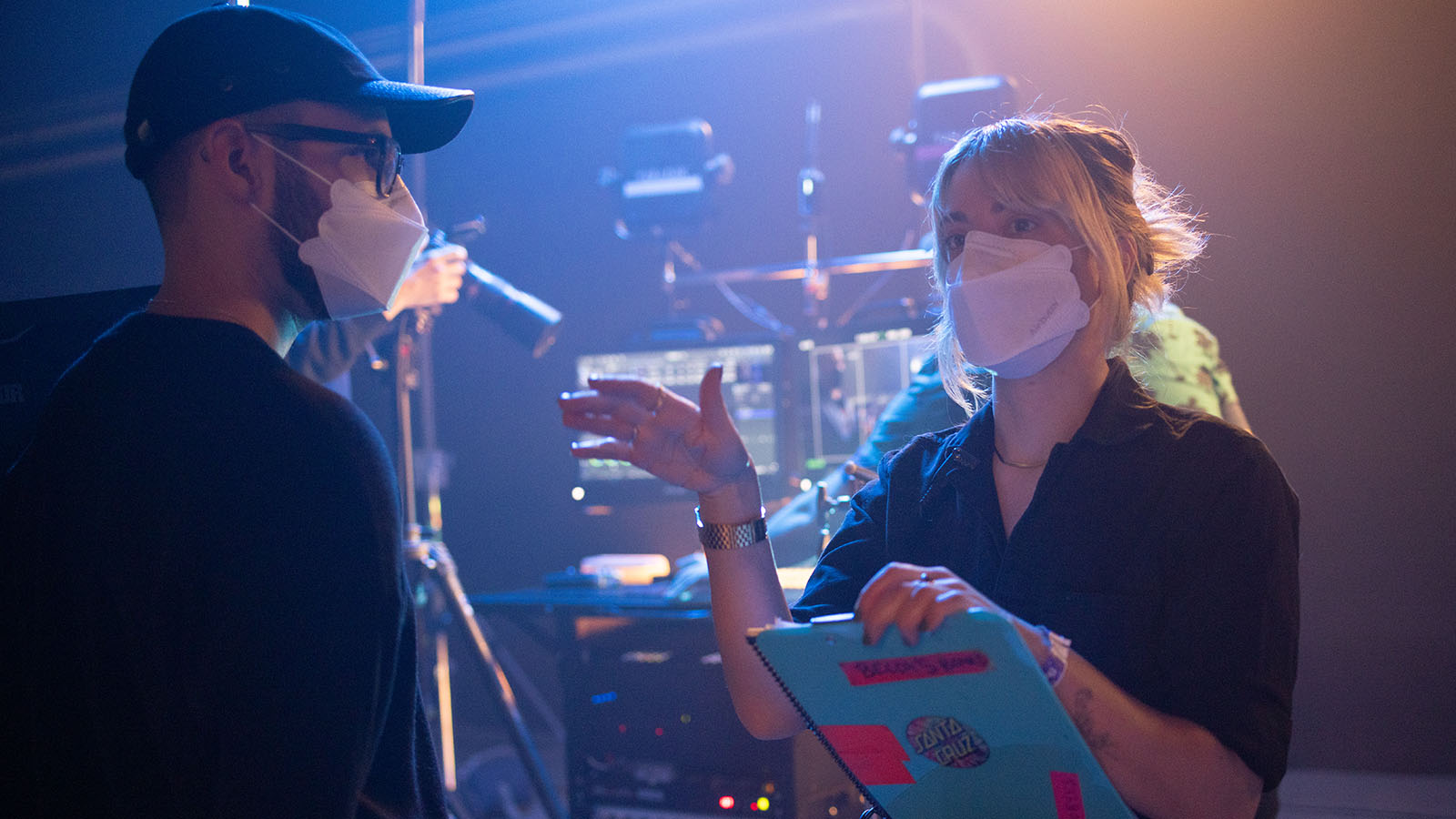
Producers keep the wheels turning. The role involves a little bit of everything, so having a wide understanding of how things work—especially how things work together—is essential. At Frame.io, every one of our productions presents its own challenges, so I never live the same day twice. And that’s fine by me.
Camera to Cloud
One of the reasons I joined Frame.io was because I was so excited to be part of the development of Camera to Cloud. You can see exactly where the benefits are from a director’s perspective, or from the editorial department’s. And having worked remotely with virtual clients for years, I couldn’t wait to see how far I could push it in my role.
Of course, I was thrilled to find that C2C wouldn’t just change how I work a little. The truth is that it has profoundly changed how I do things now. I think the most immediate example is on set. No matter where I am, I have the Vuer app open on my phone and I’m monitoring once cameras are up. I could be off getting something for the director or making a permit happen and my phone will have the live feed.
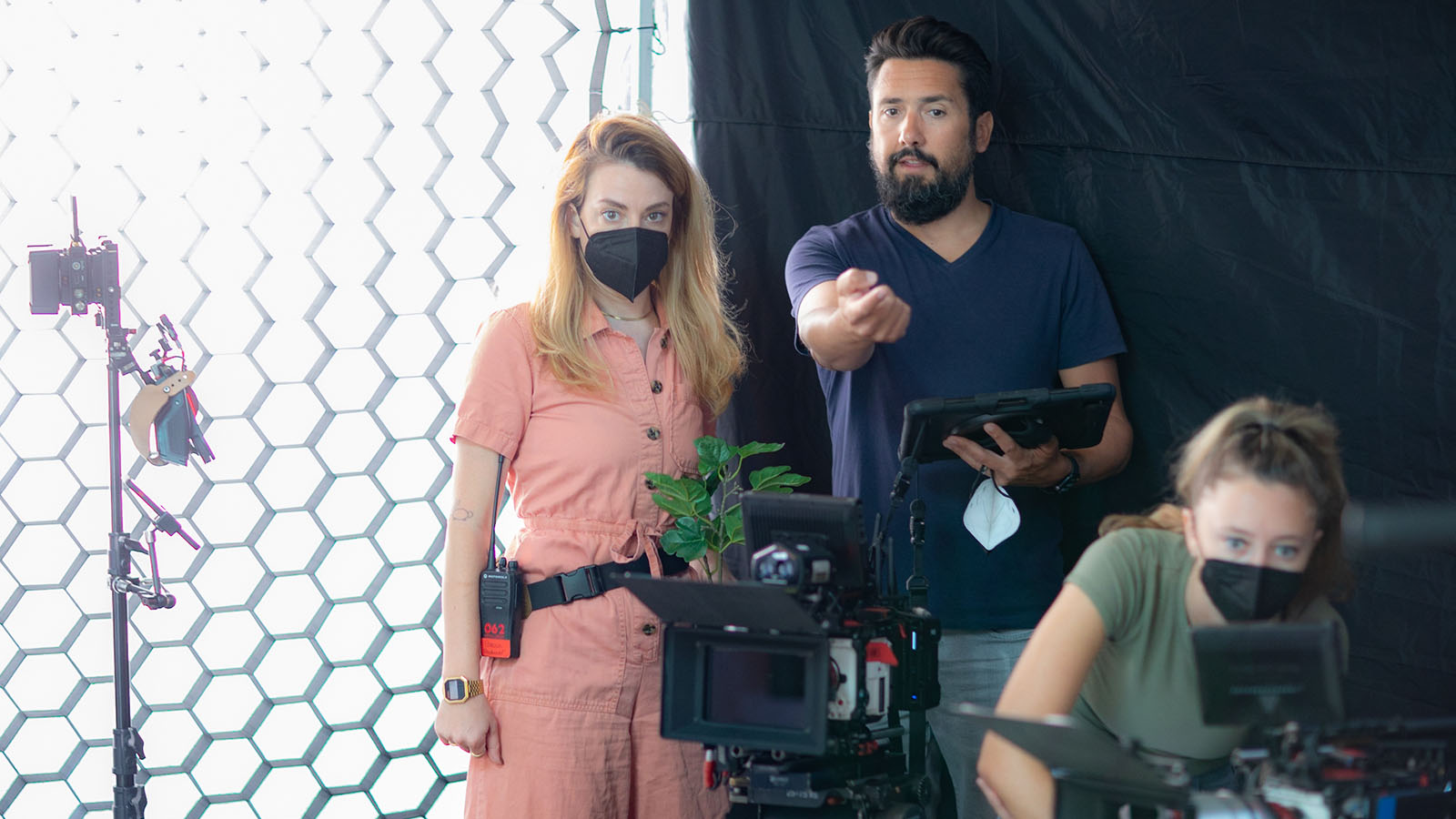
This means I know exactly what’s going on at any point, and that’s incredibly valuable to me. I can see if we’re about to close the shot, or someone’s adjusting the lights, or we have someone standing in. I can estimate time and progress without having to bug anyone because I can see what’s going on for myself.
My phone pings me and I’ll see that four shots are in the can, or maybe I’ll need to tag a stakeholder who might have some feedback on the takes before the stage is struck and everyone’s gone home. It really has made so much of my job so much easier.
Unexpected benefits
What I wasn’t expecting was how Camera to Cloud has brought my crew together in a really beautiful way.
We do a lot of work with the same people, like our production designer, hair and makeup, our gaffer, our first AD; they all know how we work and how to use C2C. And they’ve started to rely on it, too. It’s given them a clearer connection to the creative, because they’ve got the day’s takes and access to the creative via their phones.
For example, hair and makeup can immediately see how their work is being affected by the lighting setup. Production design can pull the previous take and check continuity. Everyone who needs it can get a clear view of how their involvement affects the outcome as they’re working.
Getting each take into their hands within seconds of its being shot gives the entire crew a much greater sense of agency, and it’s hard to describe just how much more connected they feel as a result.
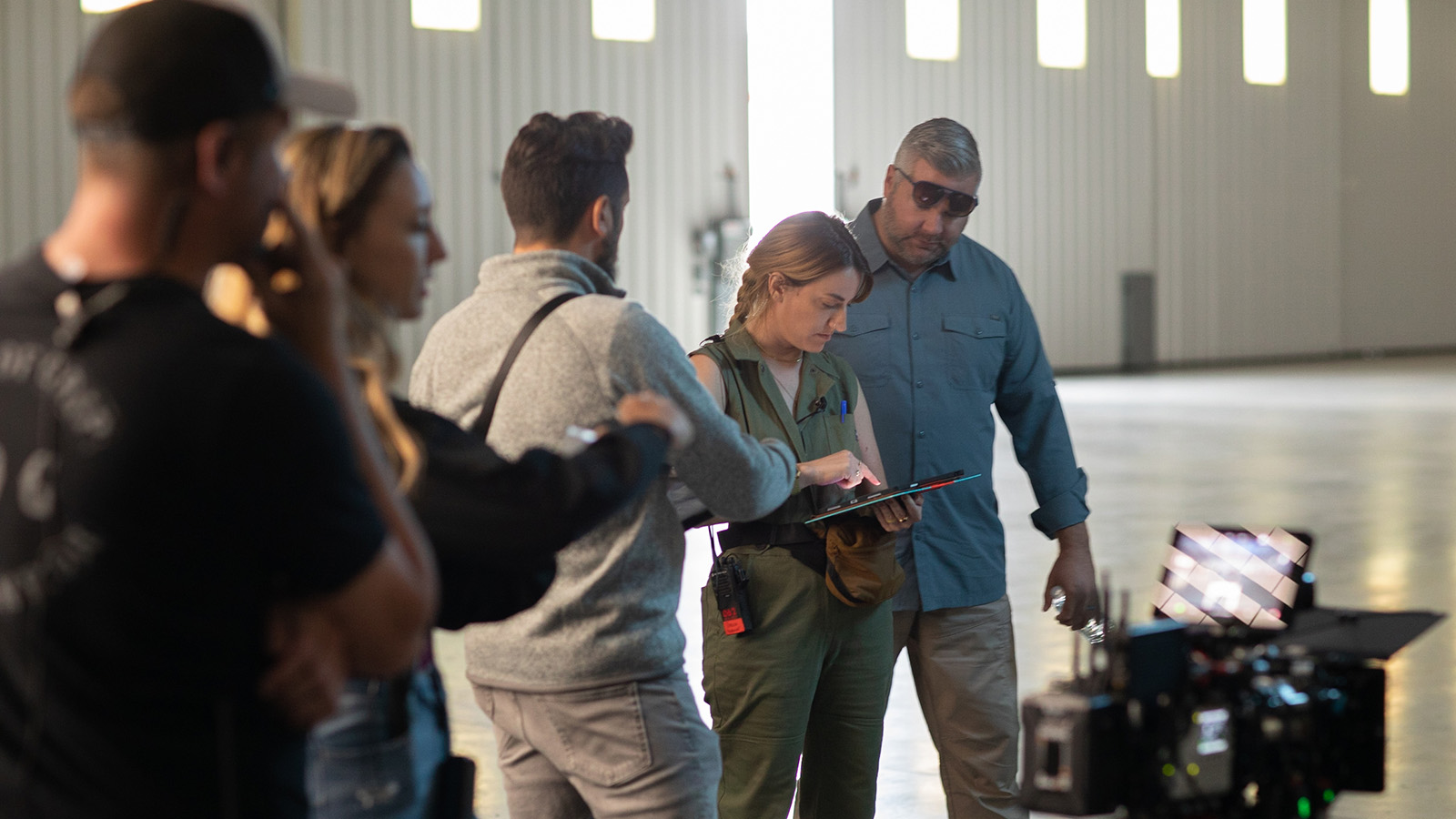
For example, on a recent shoot, our sound designer showed me a photo of his wife and kids watching the day’s takes with him. He’s never been able to share his day job with his family so intimately before. So it even helps connect people outside the production, too.
Feel the rhythm
There’s a distinct cadence to every production. As the producer, you help to define the flow and rhythm of the work that’s taking place, which can make or break a day. So having a tool like C2C that keeps you in tune with that is essential for me.
My role isn’t just keeping track of everything and making sure the right things are happening in the right order. It’s also about being able to give the crew a sense of direction and momentum, because if you’re not being productive, then you’re not feeling productive. And that can really bring down the energy of an entire production.
With C2C in my pocket, I can keep things moving far more effectively than before. That’s what my crew expects from me. And that’s all a producer could ever ask for.

